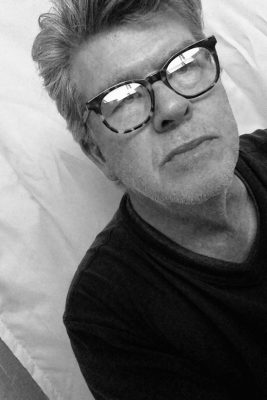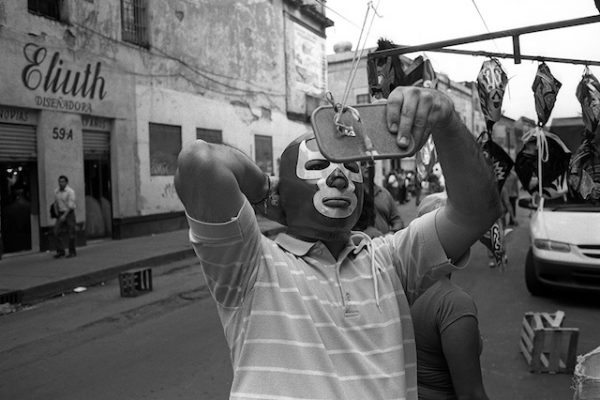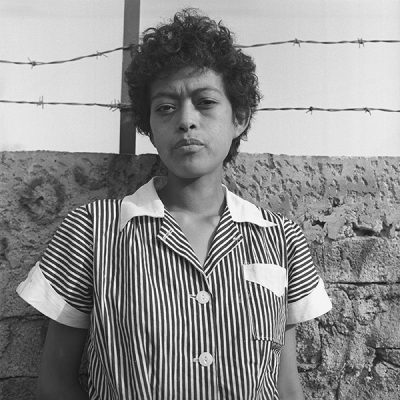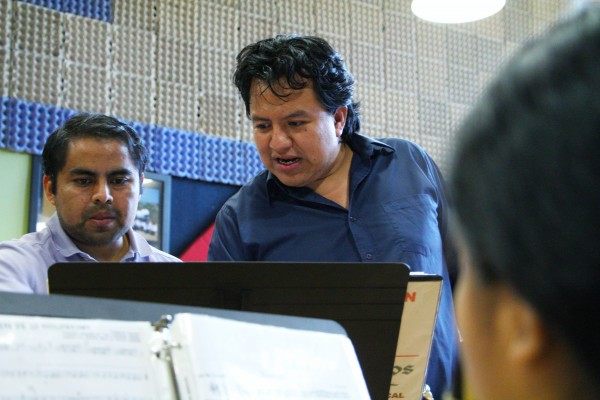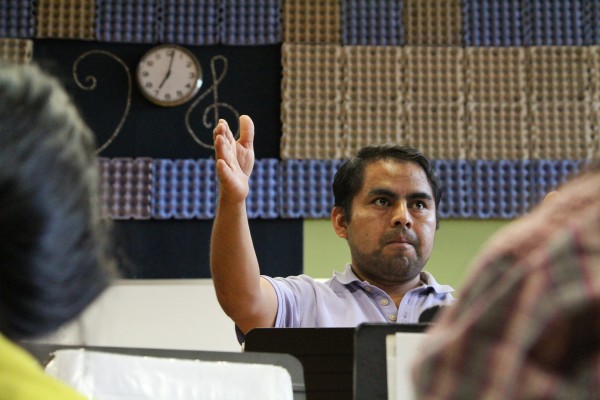When I moved to Mexico City in 1994, the guy who knew most about the country, had covered it most completely, was Dudley Althaus. He was from Ohio. He moved to Mexico years before for the Houston Chronicle, where he did amazing work. A few years ago, he went on to work for the Wall Street Journal.
Dudley just announced that he’s leaving the Journal and newspaper work. His final story is about a priest who mediates disputes among narco clans, trying to protect communities from their wrath, in the ferocious state of Guerrero.
I arrived in Mexico fresh from a newspaper-reporting job in Seattle that did not fit me. I had gone to Mexico really to study and improve my weak Spanish. Shortly after the assassination of a Mexican presidential candidate, a job opened at an English-language magazine called Mexico Insight that had already purchased a freelance story of mine. I got the job, though it meant a massive cut in pay. I’d always wanted to be a foreign correspondent. I figured this was my chance. I was ardently single. So I happily returned to Seattle, sold all my stuff, and moved permanently to Mexico. Within a year, the magazine went under and I became a freelancer, selling stories to papers and magazines in the states.
I was lucky to spend 10 years in Mexico with an ever-morphing corps of U.S. journalists that were of the highest caliber. I was always amazed at the people who were down there, who came and went over that decade: Jose de Cordoba, Alfredo Corchado, David Luhnow, Elizabeth Malkin, Mary Beth Sheridan, James Smith, Joel Millman, Ginger Thompson, Gerry Hadden, Brendan Case, Geoff Mohan, Phil Davis, Julia Preston, Sam Dillon, Steve Fainaru, Mark Stevenson, Tim Padgett, Tim Weiner, Lynne Walker, Susan Ferriss, Ricardo Sandoval, Alan Zarembo, Anita Snow, Hayes Ferguson, Colin McMahon, and the late Phil True and Paul De la Garza – as well as my freelancing homies Leon Lazaroff, Franc Contreras and Keith Dannemiller. (Pardon if I’m missing a few.)
I believe in the creative power of scenes. I first saw it in the punk rock scene that developed in the late 1970s, when I was at UC Berkeley, where I produced punk shows. An effervescent agglomeration of the similarly intentioned. At UCB, I wrote my senior history thesis on the jazz scene that emerged in Harlem in the 1940s, where hundreds of musicians converged to compete, collaborate, improve, and produced an entirely new form of music – with Charlie Parker and Dizzy Gillespie leading the way.
Scenes – or communities of like-minded people, trained, nearing the peak of their careers, interested in the same things, highly motivated – are where creation takes place. That’s how it felt to be in Mexico City during the decade I was there. It was a great thing for a young reporter to be a part of. I consider myself lucky that it was at a time in my career when I was ready for it, prepared to benefit from the challenges the country posed.
Dudley was the dean of us all, a friendly face, with a generous attitude and great knowledge of the country. The guy who shaped a community, kept us together, organized Friday nights at the Nuevo Leon cantina in the Colonia Condesa, where you could learn a ton about Mexico. I always tried to keep in mind that whatever story I was working on, Dudley had probably already written it a time or two. He was, you could say, the Dizzy Gillespie of Mexico City.
Given U.S. newspaper budgets, it’s hard to imagine that kind of scene emerging today in any foreign country, though the need for it, if anything, is greater than ever.
I left Mexico in 2004 to work for the L.A. Times in Los Angeles – quit that in 2014, and I’m a freelancer again.
Yet I always consider my decision to take that magazine job, and that 95 percent cut in pay, to be among the best I ever made (thanks Mike Zamba and Lonnie Iliff for offering it to me). For it allowed me to spend the next nine years covering a country in complex transition with some of the best reporters our country produced – and at the top of the list was Dudley Althaus.
Photo: Keith Dannemiller (Dudley Althaus, Houston Chronicle reporter, heading upriver to PEMEX installations on the Rio San Pedro y San Pablo in the Mexican state of Tabasco.)


